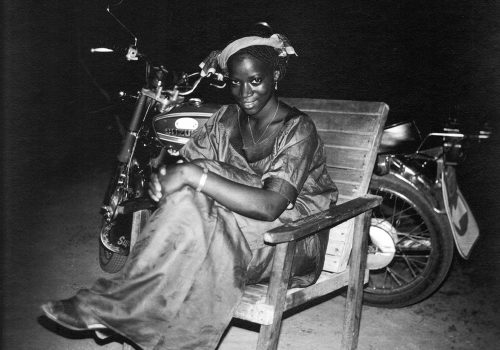This exhibition is a tribute to the fathers of photography in French-speaking Africa and to the youth of the 1960s, the twist years. These photographers are above all portraitists, but drawn into a joyful movement of liberation, they left their studio, traveled the city in reportage to capture the atmosphere of the nightlife.
From the 1950s, Jean Depara roamed the streets of Kinshasa, from bar to dancing club, to the sound of rumba, Afro-Cuban dance. In 1961, Malick Sidibé followed the young people of Bamako to capture the twist, a dance from the United States via Paris. And it is no coincidence that in 2017, two posthumous exhibitions in Paris and Arles were named “Mali twist” and “Swinging Bamako”. The vogue of the twist in Bamako can be considered as a surprise in a city which celebrated its Independence for a year and which, by mimicry with the West, devoted itself to a music whose musical structure breaks with the African musics and with the jazz.
















